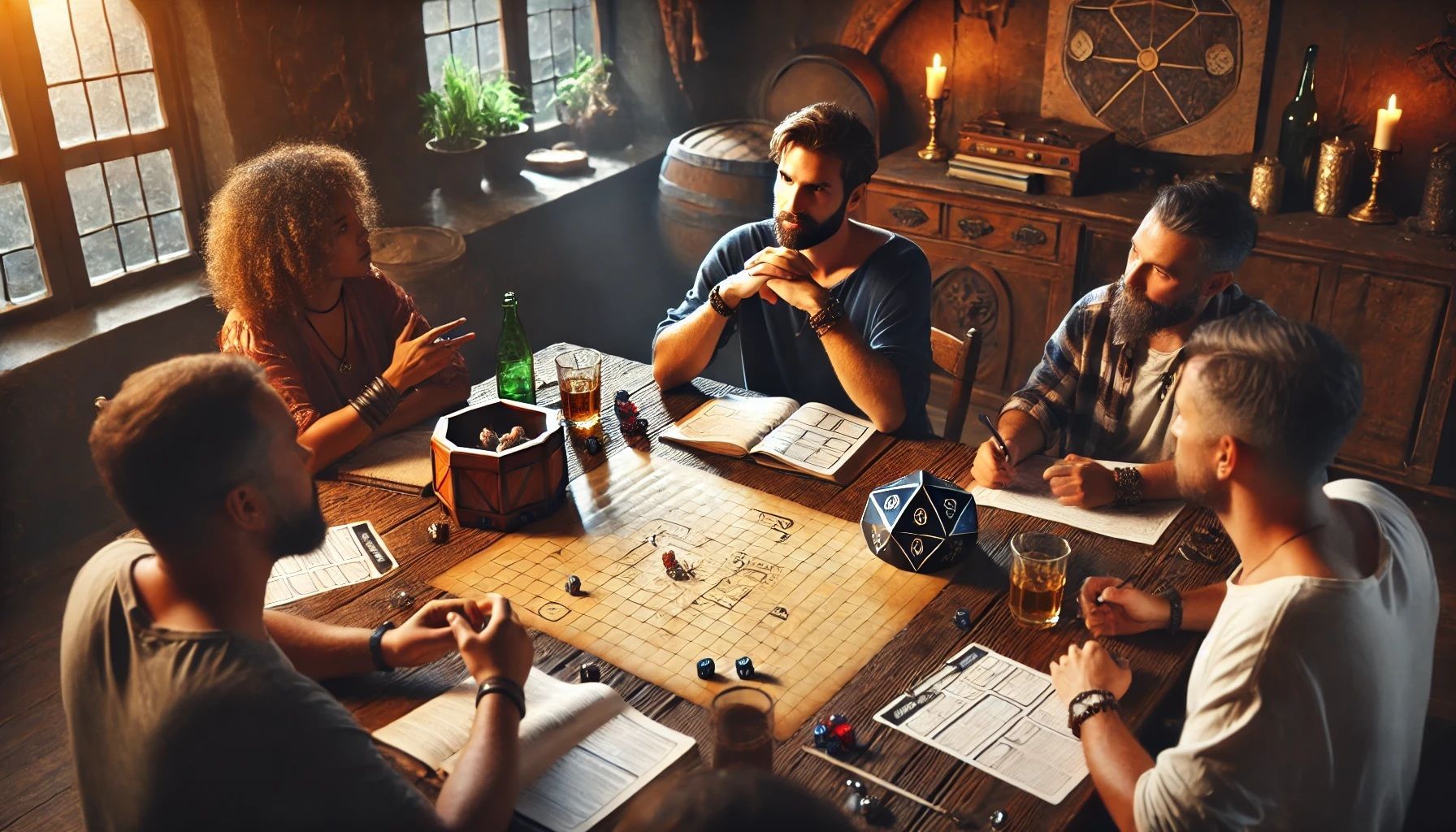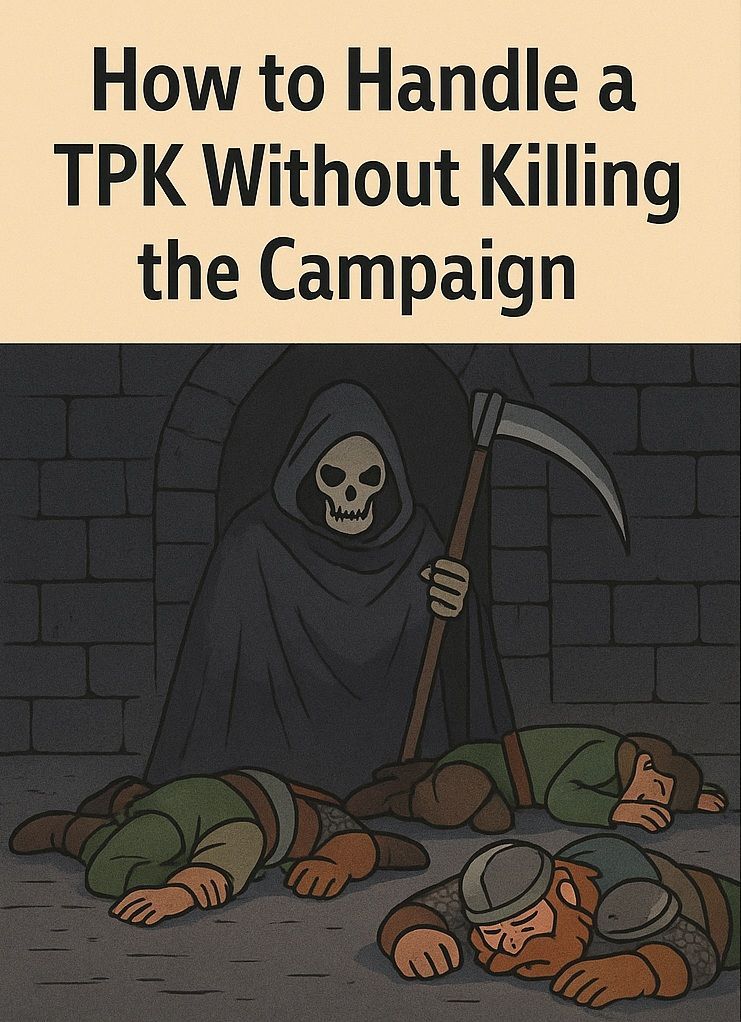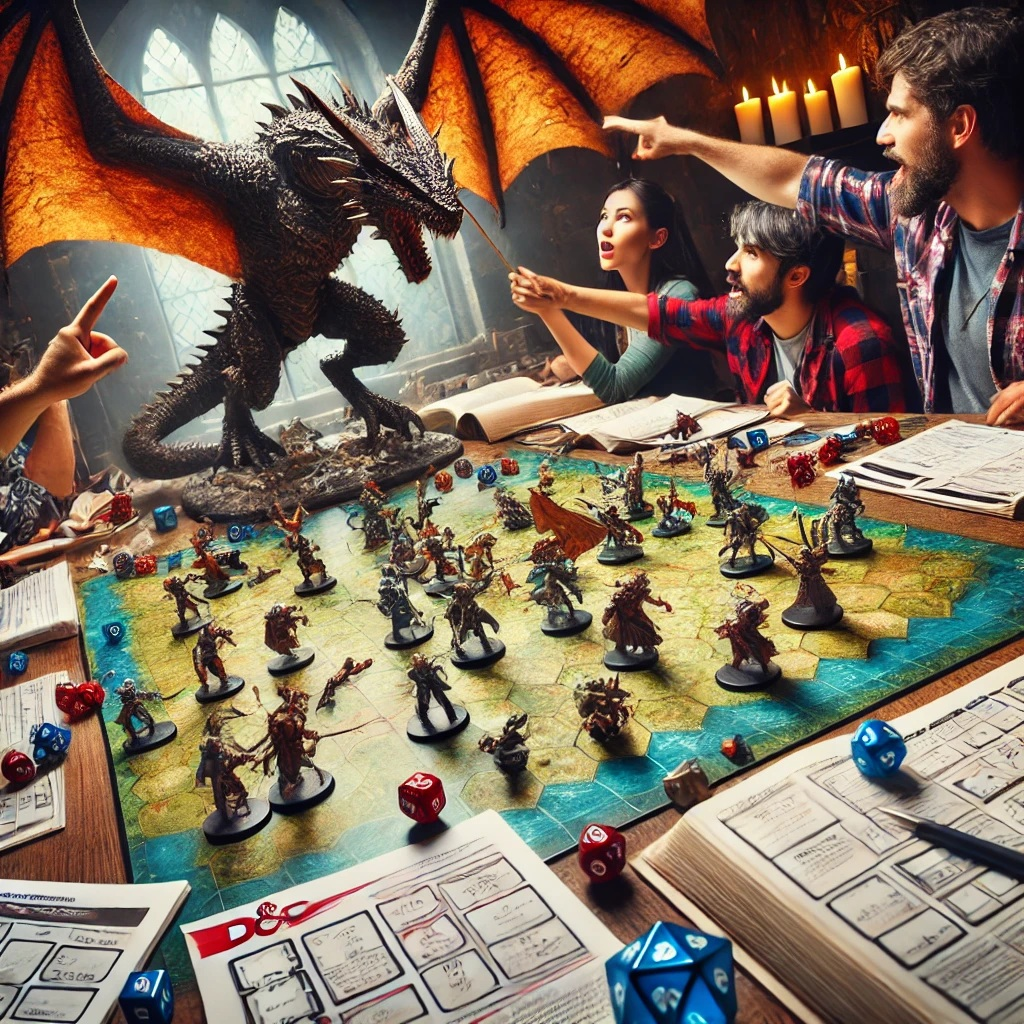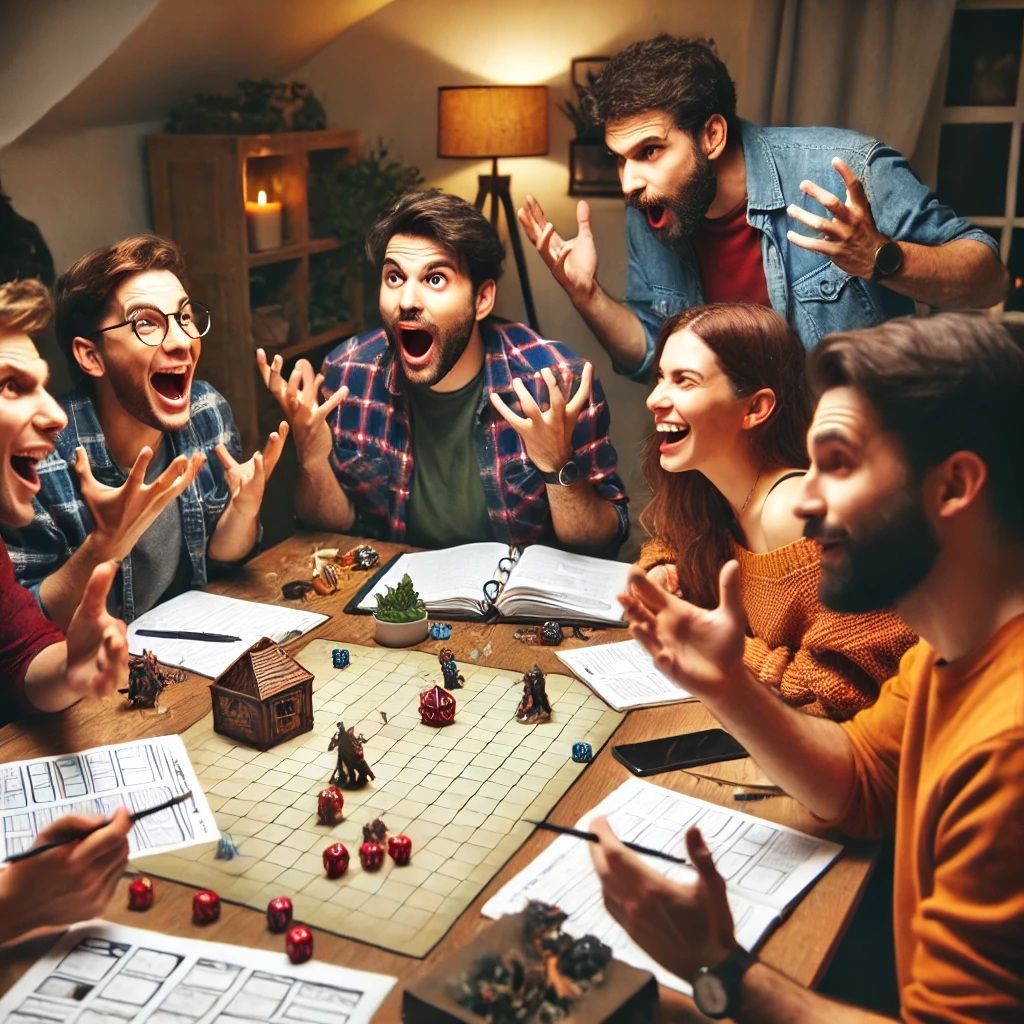Incorporating Player Feedback to Enhance Your Campaign: Input Without Loss of Your Vision
why you should seek your players' opinions and why it's important

Dear Readers,
As Dungeon Masters/Game Masters (DMs/GMs), we pour our creativity, time, and effort into crafting immersive and engaging worlds for our players. We build sprawling cities, design intricate dungeons, and weave complex narratives, all in the hopes of providing an unforgettable experience at the table. However, even the most meticulously planned campaigns can benefit from an often underutilized resource: player feedback.
Incorporating player feedback is not just about addressing issues or fixing what's broken—it's about evolving your campaign into a collaborative experience that everyone can enjoy. When done correctly, player feedback can transform a good campaign into a great one, fostering a deeper connection between the DM and the players while enhancing the story, gameplay, and overall enjoyment for everyone involved.
Today, we'll explore why player feedback matters, how to effectively gather it, and practical ways to integrate it into your campaign without losing your creative vision. We'll discuss common pitfalls to avoid, methods for handling difficult feedback, and how to maintain a healthy and positive game environment through open communication.
Let’s dive in!
Why Player Feedback Matters
Player feedback is a valuable tool for DMs. It provides insight into what players enjoy, what challenges they face, and where the campaign might need adjustments. A game that feels collaborative and responsive to player input often leads to higher engagement and satisfaction.
Example: During a campaign, a player mentions they’d like more opportunities for role-playing. The DM incorporates more social encounters and sees an immediate boost in player engagement.
Extended Example: Imagine running a campaign where exploration is a central theme. You might receive feedback that the exploration feels aimless or lacks rewards. By refining your design—perhaps adding hidden lore, treasure, or meaningful encounters—you turn potential tedium into excitement.
How to Effectively Gather Player Feedback
- Session Zero: Establish a culture of open communication from the start. Explain that feedback is welcomed and will help shape the campaign.
- Check-Ins: Regularly ask players how they feel about the story, pacing, and challenges. These can be informal, such as a quick chat after sessions.
- Surveys: Create anonymous surveys for more honest and specific feedback. Tools like Google Forms make this easy.
- One-on-One Conversations: Sometimes players are more comfortable discussing things privately.
Anecdote: A DM I know used a post-session survey and discovered that a player felt overshadowed in combat. By adjusting encounters to highlight that player's strengths, the DM restored balance and enjoyment.
Additional Tip: You could incorporate a "roses and thorns" discussion—where players share one thing they enjoyed (a rose) and one thing they found challenging or less fun (a thorn). This balanced approach keeps the conversation positive while offering actionable feedback.
Practical Ways to Integrate Feedback
- Adapt Storylines: If players express interest in a particular subplot, expand on it.
- Modify Encounters: Balance combat difficulty based on feedback.
- Address Concerns: If a rule or homebrew mechanic isn’t working, be open to change.
Practical Tip: When a player mentioned feeling disconnected from the main story, I integrated their character’s backstory into the plot. This led to a pivotal arc that the entire group enjoyed.
Broader Example: If your group enjoys puzzles, you might add more riddles and brain teasers. Conversely, if feedback suggests frustration with puzzles, perhaps simplify them or turn them into optional challenges.
Handling Difficult Feedback
Not all feedback is easy to hear. Sometimes it might feel like criticism of your hard work. Approach these situations with empathy and professionalism.
- Stay Open-Minded: Feedback is about improving the game, not a personal attack.
- Ask Clarifying Questions: Understand the specific issues before making changes.
- Know When to Stand Firm: While feedback is important, not every suggestion will fit your campaign’s vision.
Handling Specific Scenarios:
- If Players Want More Combat: Evaluate whether this fits the campaign’s theme. Introduce combat through random encounters or optional side quests without derailing the main story.
- If Players Are Bored with Combat: Introduce role-playing opportunities or exploration elements. Perhaps create encounters that can be solved through negotiation or clever problem-solving.
Avoiding Common Pitfalls
- Overcorrecting: Making too many changes too quickly can disrupt the campaign’s flow.
- People-Pleasing: Trying to accommodate everyone can lead to conflicting outcomes.
- Ignoring Feedback: Dismissing input can lead to player frustration.
Real-World Example: A DM who tried to implement every piece of feedback found the campaign lost its direction. Players felt the story lacked cohesion, highlighting the importance of balancing input with the original vision.
Maintaining a Healthy Game Environment
- Foster Respect: Create a safe space for sharing thoughts.
- Celebrate Successes: Highlight moments when player feedback led to great game moments.
- Encourage Ongoing Feedback: Make feedback a regular part of your sessions.
Tip: Introduce "feedback moments" during breaks or at the end of each session. This practice normalizes feedback as a positive part of the game. These "check-ins" can be a valuable tool to help you make adjustments when needed.
Conclusion
Incorporating player feedback into your D&D campaign is a powerful way to elevate the experience for everyone at the table. By actively listening to your players, adapting your story and encounters, and maintaining a respectful and open dialogue, you can transform your campaign into a truly collaborative storytelling adventure. Remember, feedback is not just a tool for addressing issues—it’s an opportunity to grow as a Dungeon Master and to create memories that your group will cherish for years to come.
Until next time, Dear Readers...
























